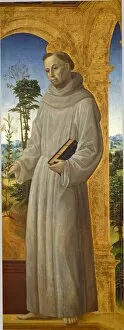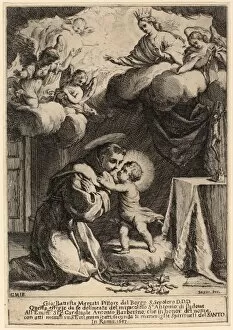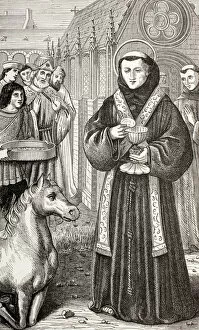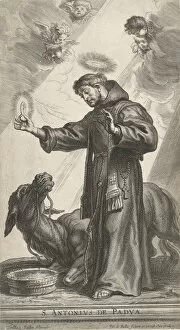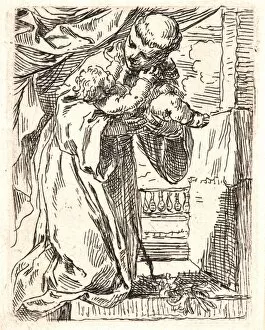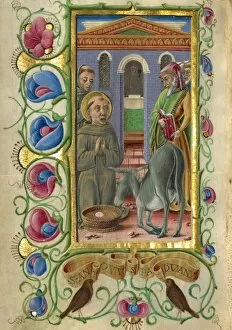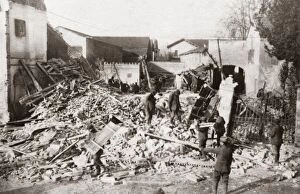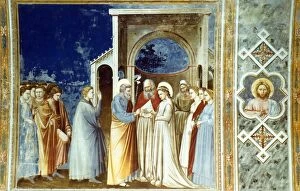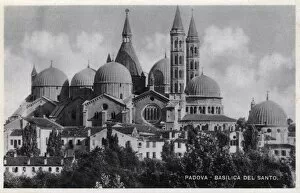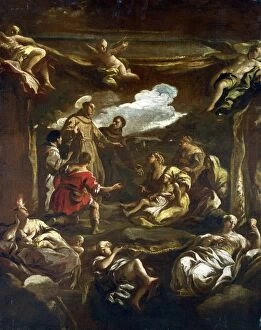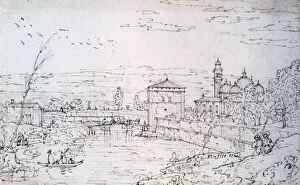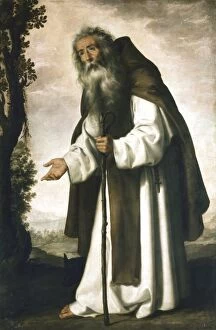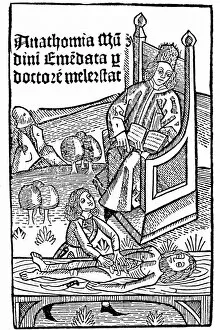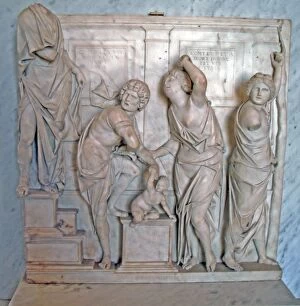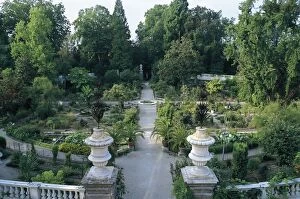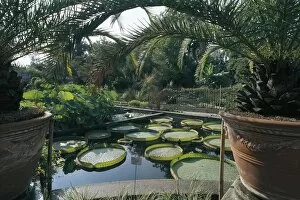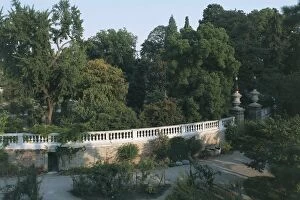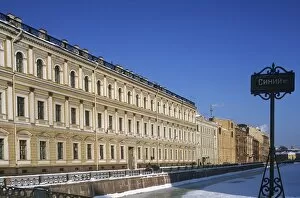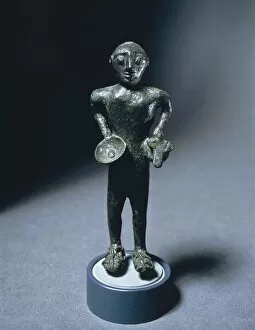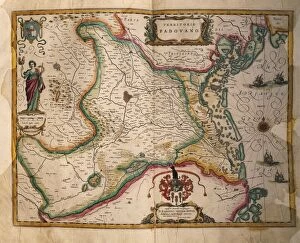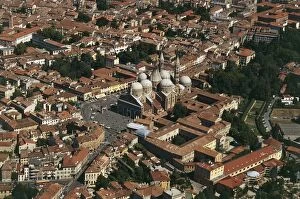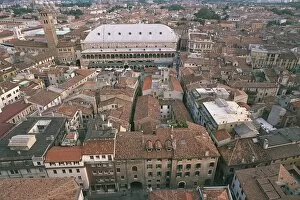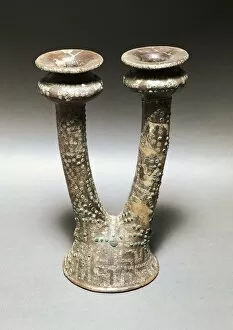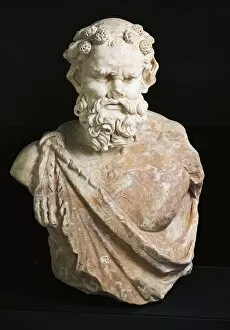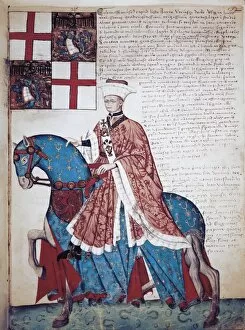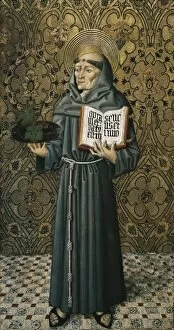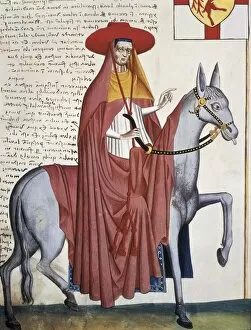Padua Collection (page 9)
Padua, a city steeped in history and culture, is home to numerous treasures that captivate the imagination
For sale as Licensed Images
Choose your image, Select your licence and Download the media
Padua, a city steeped in history and culture, is home to numerous treasures that captivate the imagination. One such gem is the renowned fresco by Giotto di Bondone, depicting Saint Anthony preaching to the fishes. This masterpiece adorns the walls of the Scrovegni Chapel, a sacred place where art and spirituality intertwine. Padua's rich artistic heritage extends beyond Giotto's frescoes. The facade University stands as a testament to its intellectual prowess, attracting scholars from all corners of the world, and is here that Antony once walked these hallowed halls, leaving an indelible mark on academia and faith. In another captivating work by Giotto, "The Raising of Lazarus, " we witness his mastery in capturing profound emotions through paintbrush strokes frozen in time. These frescoes transport us back to an era when art was not just a visual feast but also a medium for storytelling. Delving into other realms of knowledge, Galileo found solace within Padua's observatory. Here he gazed at celestial wonders with awe and curiosity, forever changing our understanding of the universe. Venturing outside the city limits leads us to Abano Terme—an enchanting destination known for its ancient springs that offer rejuvenation and healing properties. Its imposing entrance beckons visitors into a realm where relaxation meets centuries-old traditions. No exploration would be complete without paying homage to Saint Anthony himself—a beloved figure whose devotion continues to inspire countless souls worldwide. A colored engraving immortalizes his likeness while Il Santo (Basilica di San Antonio) proudly stands tall amidst Piazza del Santo—a vibrant square pulsating with life. For those seeking astronomical wonders closer to home, La Specola—the old astronomical observatory—awaits your arrival within Padova district. Here lies yet another chapter in Padua's storied past—one filled with scientific discoveries and the pursuit of knowledge.

